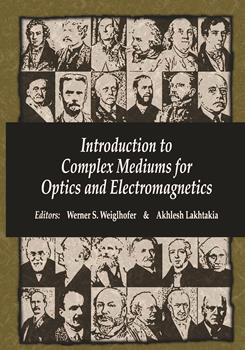|
|
|
|
CITATIONS
Cited by 2 scholarly publications.
Magneto-optics
Planar waveguides
Waveguides
Integration
Laser systems engineering
Magnetism
Nonlinear optics


